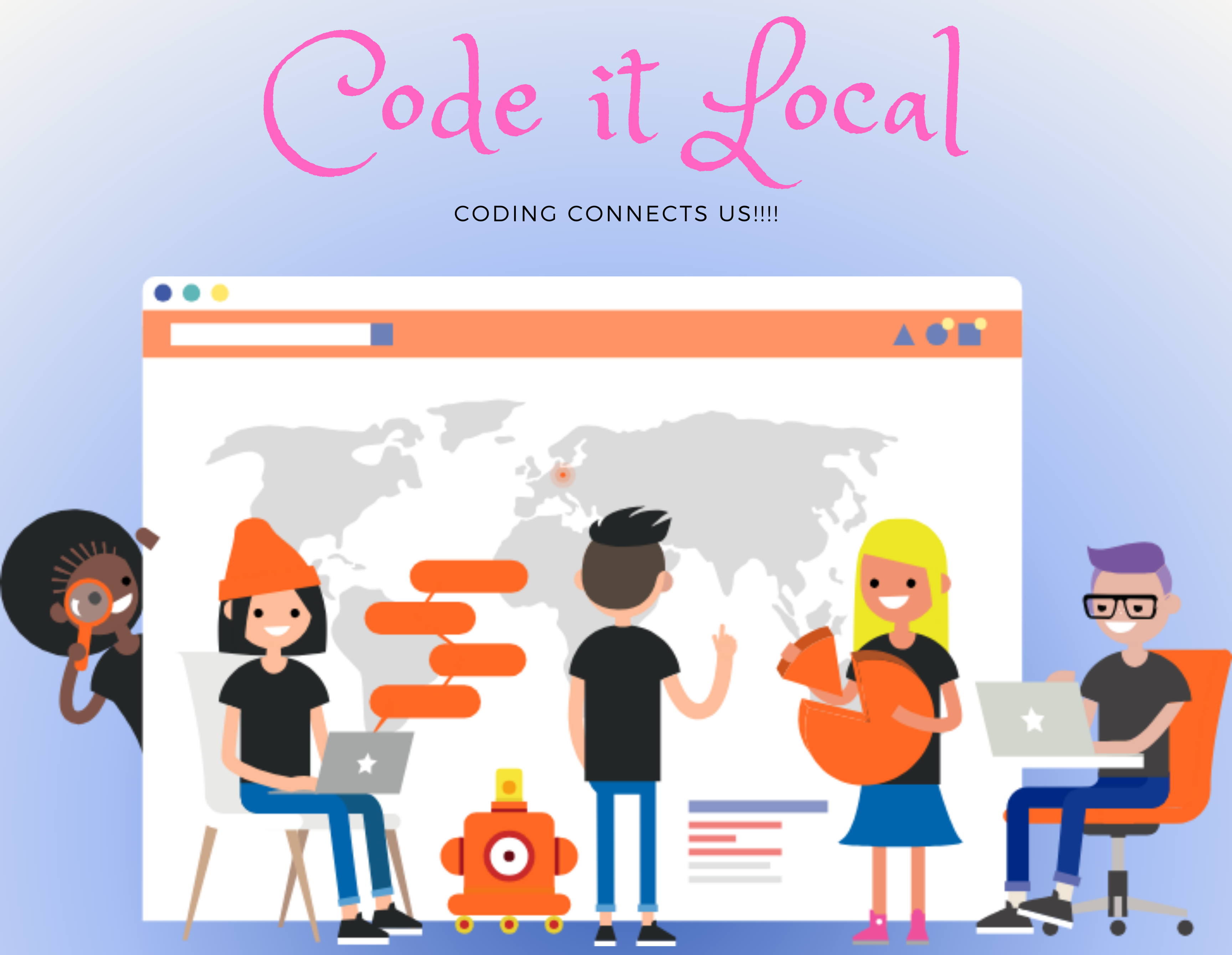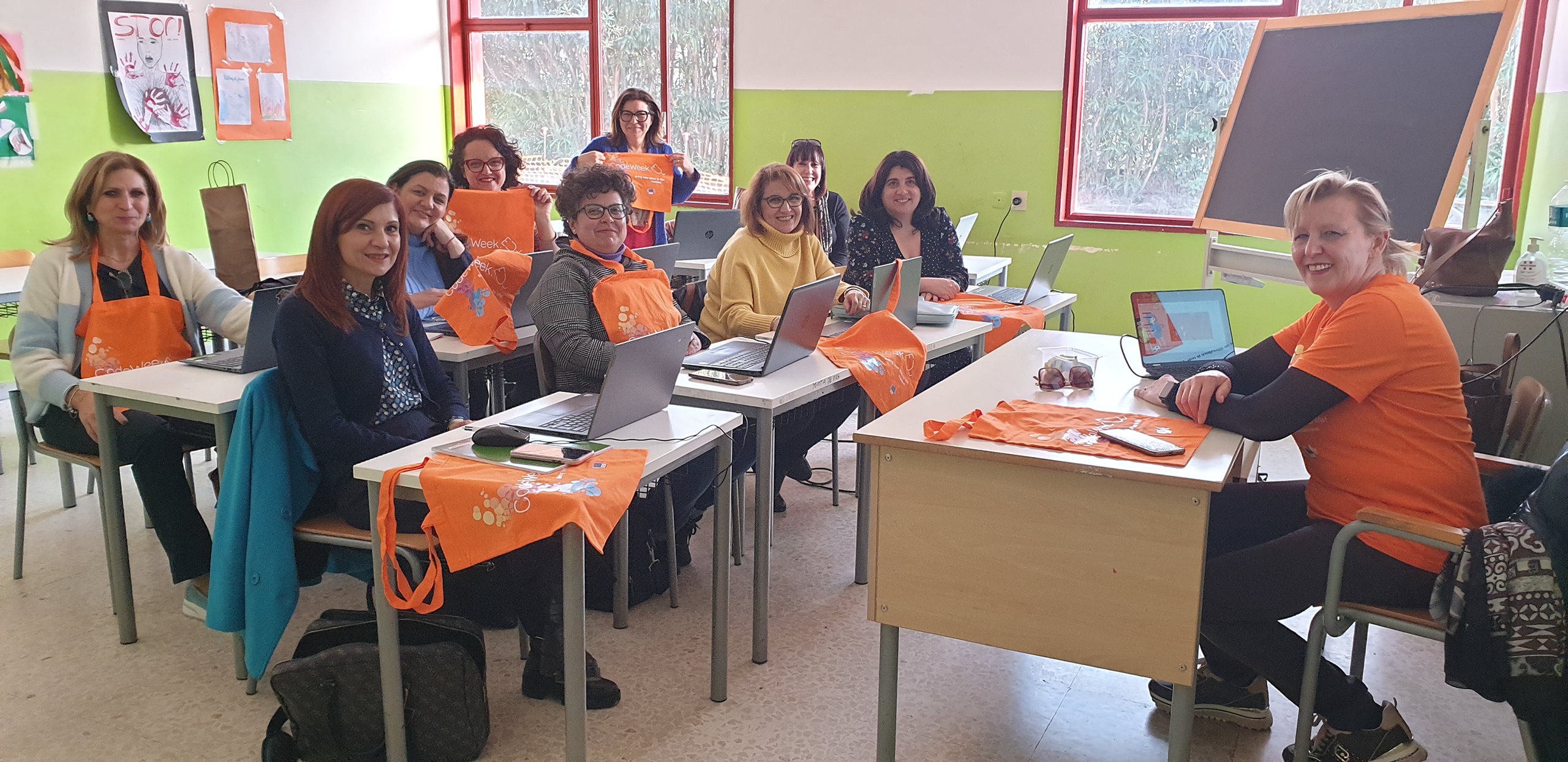Emojis in Education: Celebrating World Emoji Day!
Publication date: July 17, 2024
Happy World Emoji Day! 🎉 Today, we celebrate the tiny digital icons that have revolutionised the way we communicate, express emotions, and even teach. As educators, you might wonder how these playful symbols can be leveraged in a classroom setting. Let’s explore the educational potential of emojis and how they can make learning fun and engaging!
The Emoji Evolution
Emojis first appeared on the digital scene in the late 1990s and have since become a universal language of their own. From expressing emotions to replacing words, emojis bring a burst of colour and imagination to our messages. But their use extends beyond social chats; they can be powerful tools in education.
Why Use Emojis in Education?
- Enhancing Engagement: Emojis can capture students’ attention more than plain text. Incorporating emojis into lesson plans or classroom activities can make learning materials more engaging and relatable.
- Visual Learning: Many students are visual learners, and emojis are a fantastic way to reinforce concepts through imagery. For example, using an emoji sequence can help illustrate story events or explain complex emotions in social studies.
- Simplifying Complex Ideas: Emojis can break down complicated ideas into simple visual representations, making them easier for younger students to grasp.
Emojis for Coding
World Emoji Day is the perfect opportunity to introduce or focus on coding in the classroom. Why not celebrate by using emojis as a fun tool for teaching programming concepts? Here are a few ideas:
- Emoji Logic Puzzles: Create puzzles where students use emojis to solve coding problems.
- Emoji Code Language: Challenge students to write a simple program using only emojis. This can be a fun way to learn syntax and programming logic.
Creative Assignments
- Emoji Storytelling: Have students write short stories or summaries using emojis. This helps develop their ability to convey messages clearly and creatively.
- Emoji Quizzes: Create quizzes where answers must be submitted in emojis. This can be a delightful challenge in subjects like history, literature, or even math!
Bridging Cultural Gaps
Emojis are universal and can play a significant role in teaching about different cultures and expressions. They can be used to discuss cultural nuances in language classes or to explore emotional expressions across different societies.
Emojis are more than just fun additions to our text messages; they’re a versatile educational tool that can enhance learning and expression in unique ways. This World Emoji Day, let’s embrace the joy and creativity emojis bring to our classrooms. Try out some of these emoji-based activities and watch your students light up with excitement and understanding. Happy World Emoji Day, and happy teaching!
Got an emoji lesson plan or activity that worked wonders? Share your experiences and ideas with us on social media using the hashtag #EUCodeWeek. Let’s spread the emoji joy across classrooms everywhere!


